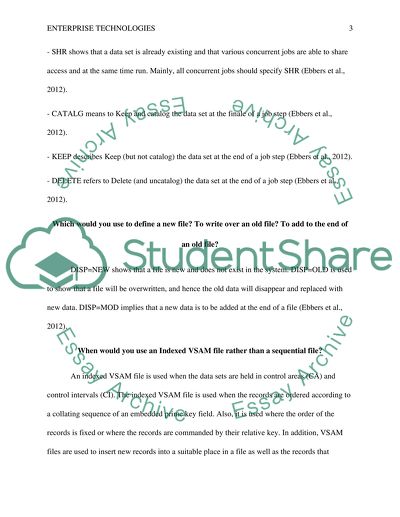Cite this document
(“How Are Program Libraries Concatenated Assignment - 1”, n.d.)
How Are Program Libraries Concatenated Assignment - 1. Retrieved from https://studentshare.org/information-technology/1702401-enterprise-technologies
How Are Program Libraries Concatenated Assignment - 1. Retrieved from https://studentshare.org/information-technology/1702401-enterprise-technologies
(How Are Program Libraries Concatenated Assignment - 1)
How Are Program Libraries Concatenated Assignment - 1. https://studentshare.org/information-technology/1702401-enterprise-technologies.
How Are Program Libraries Concatenated Assignment - 1. https://studentshare.org/information-technology/1702401-enterprise-technologies.
“How Are Program Libraries Concatenated Assignment - 1”, n.d. https://studentshare.org/information-technology/1702401-enterprise-technologies.


